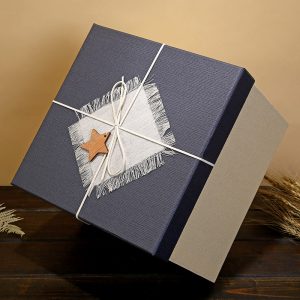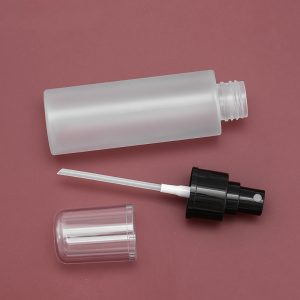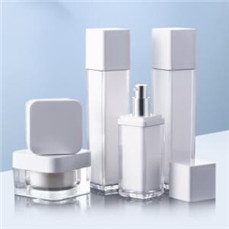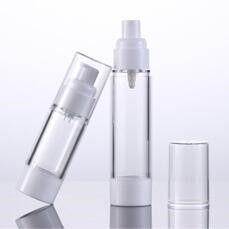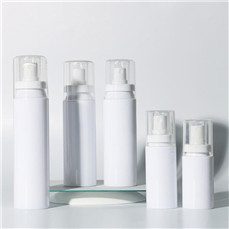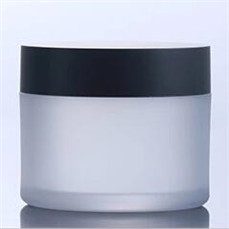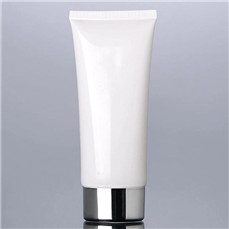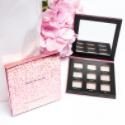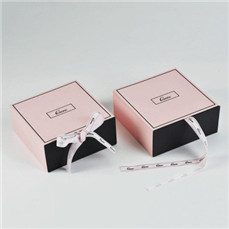The art of perfume bottles is an exquisite and intricate craft that complements the fragrance it houses. Perfume bottles serve not only as containers for the fragrance but also as visual representations of the essence they hold. The design of these bottles often mirrors the character of the perfume and the brand it represents, making them an integral part of the overall marketing and presentation strategy.
Here are some aspects that unveil the art of perfume bottles:
- Historical Evolution: Perfume bottles have a long and fascinating history that dates back thousands of years. From ancient civilizations like Egypt and Mesopotamia to the European Renaissance, each era brought its unique style and craftsmanship to the design of perfume bottles. Studying the evolution of these bottles provides insights into various cultural and artistic influences over time.
- Elegant Shapes and Materials: Perfume bottles come in an array of shapes and sizes, ranging from classic to avant-garde. Designers often use various materials such as glass, crystal, porcelain, metal, and even precious gemstones to create distinctive and luxurious bottles. Each material contributes to the visual appeal and tactile experience of the bottle.
- Branding and Identity: Perfume bottles are an essential part of a perfume brand’s identity. The bottle’s design, color, and logo reflect the brand’s image and target market. The goal is to create a memorable and recognizable bottle that consumers can associate with a particular fragrance and brand.
- Craftsmanship and Artistry: Creating perfume bottles requires meticulous craftsmanship and attention to detail. Skilled artisans often handcraft these bottles, employing traditional techniques such as glassblowing, carving, and engraving. The intricate designs and ornate decorations showcase the artisan’s skill and dedication.
- Aesthetic Appeal: Perfume bottles are not just functional; they are also works of art that evoke emotions and aesthetics. Designers draw inspiration from nature, architecture, fashion, and various art movements to craft visually captivating and harmonious designs.
- Limited Editions and Collectibles: Some perfume houses release limited edition bottles or collaboration pieces with renowned artists or designers. These exclusive bottles are often highly sought after by collectors and enthusiasts, turning them into valuable and cherished art pieces.
- Sustainability: In recent years, there has been a growing emphasis on sustainable packaging in the fragrance industry. Designers now explore eco-friendly materials and packaging solutions that reduce environmental impact while still maintaining the elegance and artistry of perfume bottles.
- Cross-Cultural Influences: Perfume bottles often embody elements of different cultures and regions. The global nature of the fragrance industry allows designers to incorporate diverse cultural elements, which results in a fusion of art styles and motifs.
In summary, the art of perfume bottles encompasses a rich blend of history, design, craftsmanship, and branding. Each bottle is a unique expression of creativity that adds an extra layer of allure to the fragrance it holds, making it a prized possession for both perfumers and perfume lovers alike.
